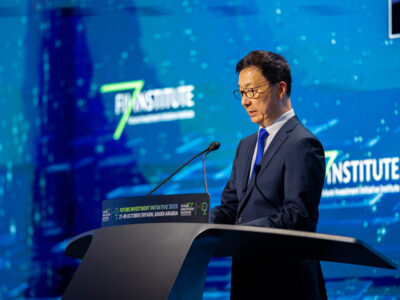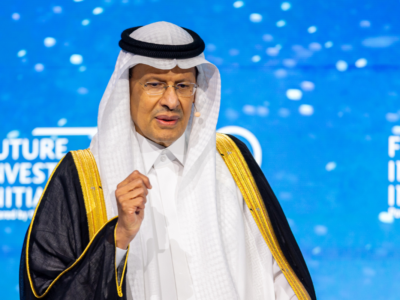CommsMEA
: What role does Nokia’s Technology Platforms division play in the development of the company’s handseTS?
Kalle Kivekas:
Technology Platforms is a centralised technology unit within Nokia, which means we provide components and platforms, including software and hardware to our business groups so they can build up products based on our offerings.
By having a centralised technology unit we can better meet scale economy benefits, which are potentially huge in our case. We shipped 346 million phones last year and if we can do that with as few components as possible then we can do it in the cheapest way possible, so that is the role of the division. We are not just looking at low cost handsets but looking for cost benefits across all handset categories.
CommsMEA
: What is Nokia doing in the research and development space that differentiates it from other market players?
KK:
I think that we have a huge opportunity in the R&D space and I think we are in a better situation than anyone else in the industry. It is all about the multi-radio and multi-access technology, and we can differentiate a great deal in this area. There is no one size fits all radio technology that exists. Wi-Fi is very good at proximity provision of high data rates and high bandwidth, Bluetooth is very good at synchronising power efficiently and transmitting small amounts of data wirelessly, DVBH is outstanding for mobile TV experiences and the whole 3G evolution is making sure that there is this ‘always on’ accessibility.
So there are lots of different standards and lots of different players out there with different business models, and we are putting several different types of radio technology into our terminals. For instance our N95 or our E90 have six different radios operating at 10 different frequency banks and it really is not that easy to implement mobile internet experiences where different applications use different access technology to connect. So you will have different radios active at the same time.
For example, today I have my wireless headset using Bluetooth, I am browsing the internet with Wi-Fi, making a call over a 3G network, or using GPS. So simultaneously I have three to four different radio connections active and these radios are interfering with each other because they are in close proximity to each other inside the terminal: If one connection is at the wrong sensitivity level it will go wrong.
Optimising the number of different connections that are simultaneously active is something that Nokia has a great deal of experience with. Many of our competitors are complaining that it is not that easy to use Wi-Fi and 3G at the same time, because there is interference, but we have put the necessary developments into place and we do not have any problems with our handsets.
In terms of multi-radio strategy we also need to think what the user actually wants to do with the device. Does he want to use WiMAX .16e to browse the internet? Or is he asking what value is there in using a certain frequency band for a certain connection? The user is not directly concerned with this, the technology needs to be easy to use, reliable and the user needs to be aware of the total cost – that is what he wants to know. We are doing R&D at each layer between the antennas and the user and we think we can hide this underlying complexity from the user in order to make things as simple as it can be. And that is what we call ‘smart connection’ – it is our human approach to provide value to customers.
CommsMEA
: Nokia is putting a great deal of effort into promoting DVBH. Why is this the case?
KK:
DVBH is our preferred standard for establishing mobile digital broadcast and we are committed to DVBH because, firstly, we have a long history in developing DVBH and we had a good patent portfolio for it. However, we gave that patent away, so the standard is free for anyone to use. We are not looking for any licence fee for using this technology, because we wanted to help stimulate a healthy ecosystem where the maximum number of players could build up their products, their services, delivery channels and even build up their own DVBH network.
We thought from a technology developer perspective that this is the best technology to provide mobile TV to the masses. DVBH is mainly targeted as a premium channel for very high quality mobile television experiences.







